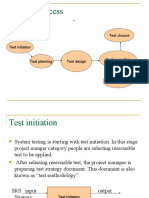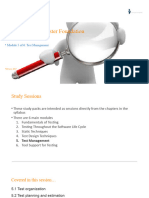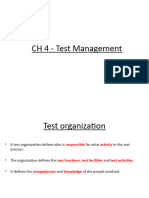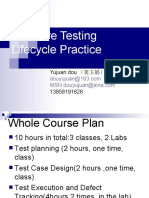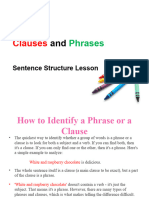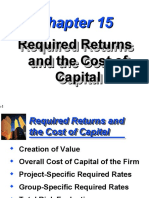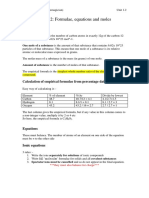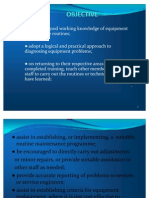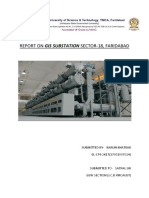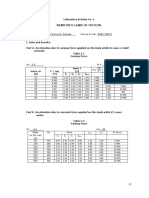0% found this document useful (0 votes)
39 views26 pages5 AYTech SoftwareTesting Material
The document outlines various aspects of web testing, including cloud testing, the software test life cycle (STLC), and the importance of requirement traceability matrices (RTM). It details the stages of test planning, design, execution, and defect management, emphasizing risk analysis and the need for effective communication and training. Additionally, it covers test case development, optimization techniques, and the significance of thorough defect reporting and test cycle closure for continuous improvement in testing processes.
Uploaded by
sivaparvathy143580Copyright
© © All Rights Reserved
We take content rights seriously. If you suspect this is your content, claim it here.
Available Formats
Download as PDF, TXT or read online on Scribd
0% found this document useful (0 votes)
39 views26 pages5 AYTech SoftwareTesting Material
The document outlines various aspects of web testing, including cloud testing, the software test life cycle (STLC), and the importance of requirement traceability matrices (RTM). It details the stages of test planning, design, execution, and defect management, emphasizing risk analysis and the need for effective communication and training. Additionally, it covers test case development, optimization techniques, and the significance of thorough defect reporting and test cycle closure for continuous improvement in testing processes.
Uploaded by
sivaparvathy143580Copyright
© © All Rights Reserved
We take content rights seriously. If you suspect this is your content, claim it here.
Available Formats
Download as PDF, TXT or read online on Scribd
/ 26



















